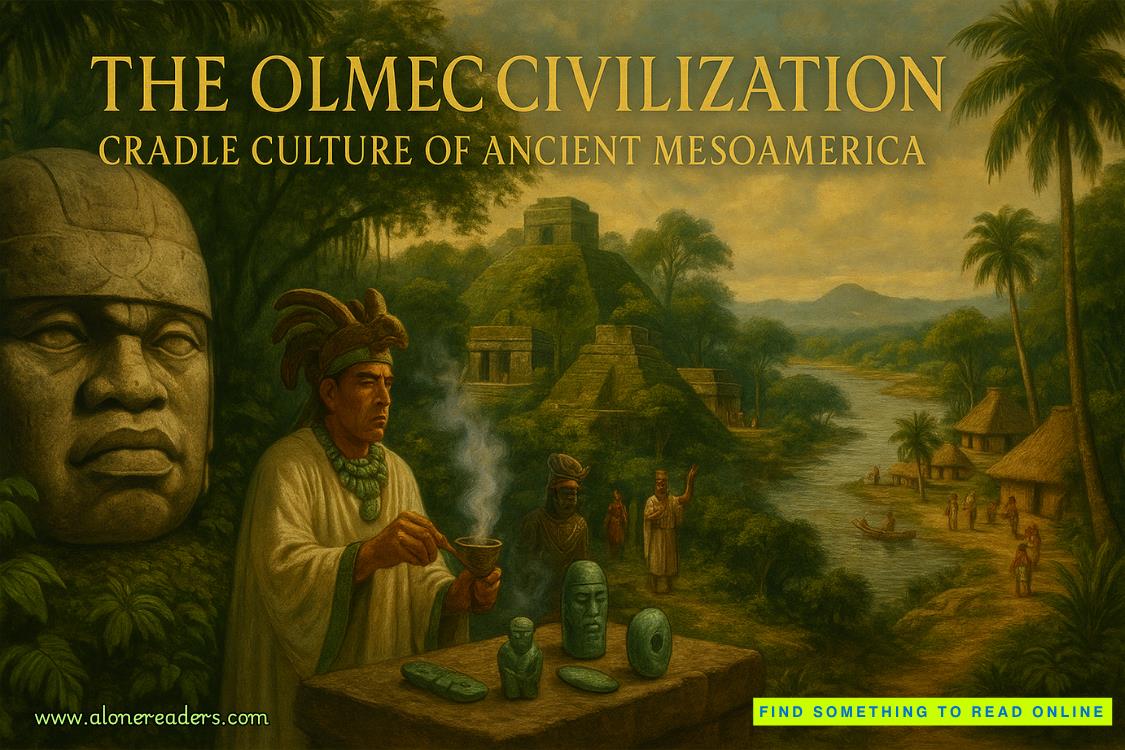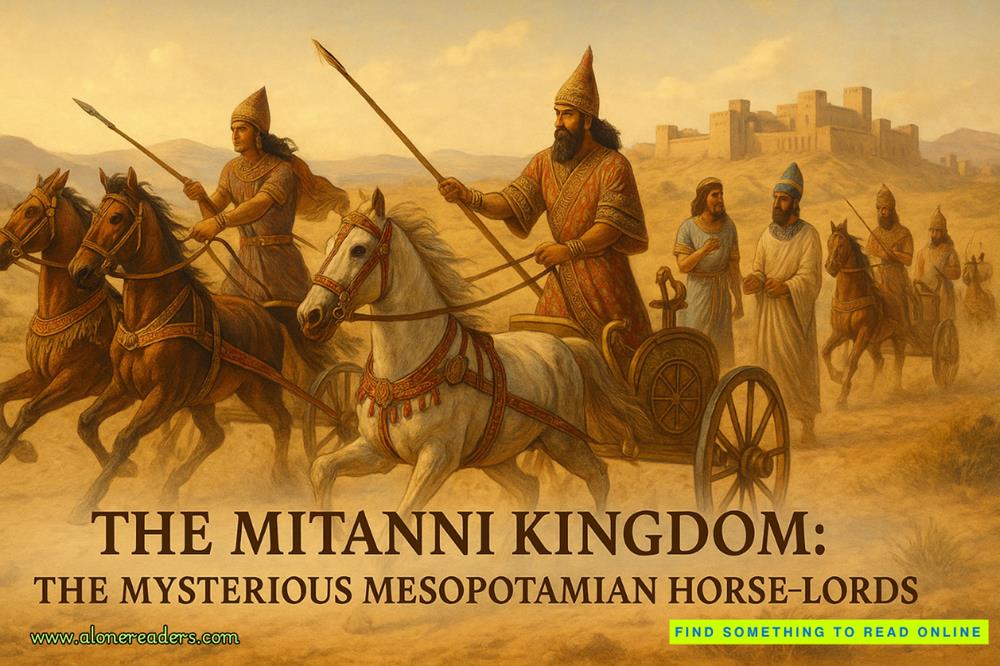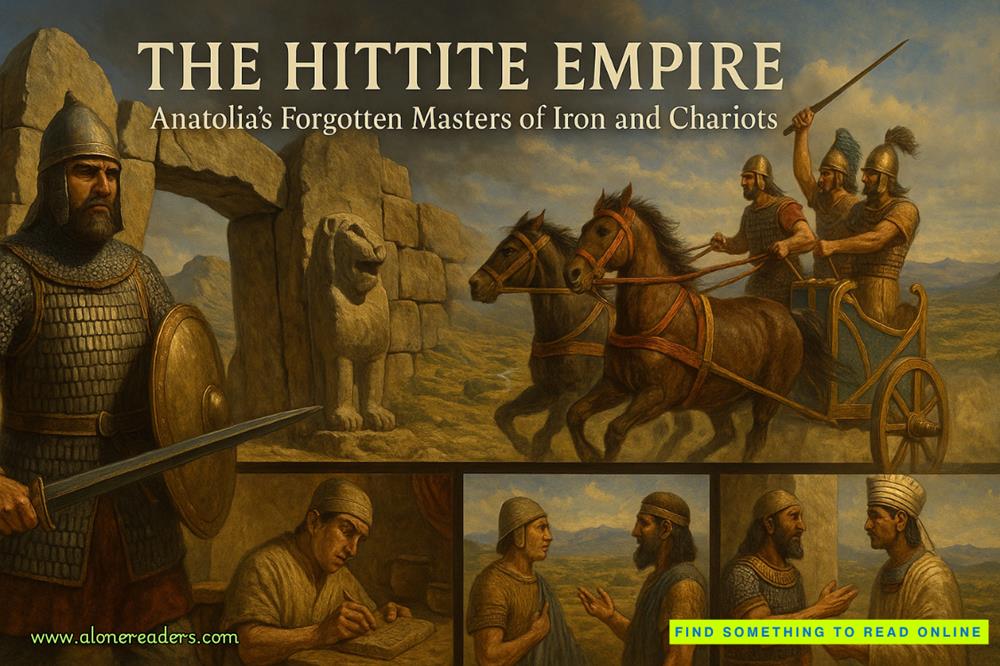Page 89 of Montana Justice
We pushed forward in practiced formation. The traffickers weren’t expecting us. They’d assumed, like the other times, thatthey’d be given a warning if law enforcement was anywhere near.
Instead, they got overwhelming force from multiple directions. Their resistance was fierce but chaotic.
“Taking fire from the catwalk!” someone shouted.
I tracked up, caught movement against the ceiling. Suppressing fire sparked off metal railings while Martinez flanked left. The shooter focused on me, giving Martinez the angle. Single shot. The shooter tumbled from the catwalk, hitting crates on the way down.
“Hunter’s hit!” Coop’s voice cut through the chaos. “Southwest corner, second floor! Need medical!”
My chest tightened. Hunter down. Every instinct screamed at me to go to him, but that wasn’t my job. Trust the team. Everyone had a role.
“Alpha copies, medical en route,” someone confirmed.
We kept pushing. The ground floor was nearly clear, but automatic weapons fire from the second floor had multiple teams pinned.
“Heavy resistance upstairs,” Kowalski reported. “Fortified positions. They want a fight. Let’s give it to them.”
Through the smoke and chaos, I could see the stairs. Getting up there would be brutal—narrow approach, no cover, defenders with height advantage.
“This is Martinez. Movement in the basement. Looks like they’re burning documents.”
Shit. Evidence destruction. “Take two men, secure that basement.”
“Copy.”
The firefight intensified. Muzzle flashes from the second floor looked like deadly strobe lights. We were taking cover behind anything solid—crates, equipment, concrete pillars.
“Can’t advance,” someone reported. “They’ve got the stairs zeroed.”
I found Kowalski behind a pillar, his team spread out around him. “Ideas?”
“Smoke and flank,” he said immediately. “My team can take the exterior fire escape, hit them from behind while you push the main stairs.”
Federal ego aside, the man knew tactics. “Do it.”
“All units, smoke out in thirty seconds. Masks on.” I pulled my gas mask into place, the world narrowing to the view through scratched lenses. “We push hard and end this.”
Smoke canisters flew. Gray clouds billowed through the warehouse, turning clear sight lines into blind fog. But through thermal imaging, human shapes glowed like ghosts.
“DEA moving exterior,” Kowalski reported.
“Charlie pushing stairs,” I confirmed.
We moved fast through the concealment. A defender fired blindly into smoke. I tracked his muzzle flash, put him down with controlled shots. Another tried to retreat. Martinez got him.
The smoke was chaos—shouting, running feet, blind gunfire. But chaos we controlled. We had communication, thermal imaging, discipline. They had panic.
I reached the second floor as Kowalski’s team breached from the fire escape. Caught between us, the remaining defenders crumbled. Some threw down weapons. Others made last stands that ended predictably.
“Clear!”
“Clear!”
“Second floor clear!”
As smoke dissipated, I saw what we’d fought for. Tables loaded with military weapons. M4 rifles. Squad automatic weapons. Cases of ammunition. And between the weapons—packages wrapped in plastic, scales, cutting agents. A full drug packaging operation alongside the weapons cache.
“Jesus Christ,” Kowalski breathed beside me. “This is everything. Guns and drugs in one location.”















